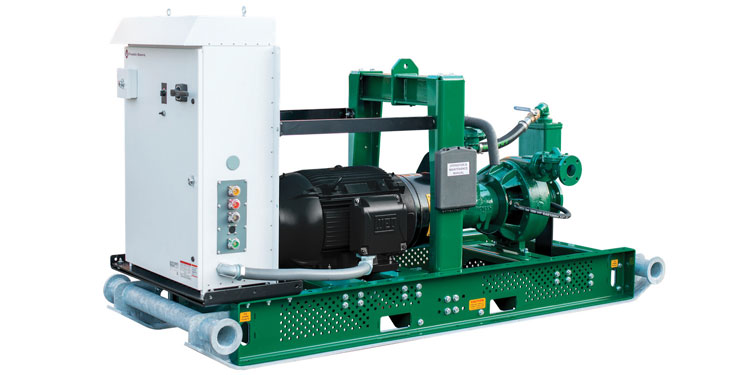

We sometimes hear from mine operators who are in the midst of a difficult Mine Safety & Health Administration (MSHA) inspection. They share how they plan to push back in one of two ways in the short term.
One is to skip the close-out conference and tell the inspector they are taking the citations to court. The other is to give the inspector a piece of their mind at the inspection close-out conference.
In many cases, they are frustrated by a sharp increase in the number of citations or a ratcheting up in gravity that they have not seen before. This frustration is often escalated by their understanding of the negative impact that this kind of violation and gravity spike can have on the operation’s violation history and on future civil penalties.
We understand this reaction, but it is moments like this when it may make sense to step back and develop a strategy for the close-out conference – and beyond.
The conference’s value
We seldom, if ever, agree with the idea of declining the close-out conference.
No matter how hard the feelings are from a difficult inspection, the close-out conference offers the opportunity for supervisors and managers to learn more about the basis for the allegations of violation and gravity that have been cited.
MSHA’s “Citation & Order Writing Handbook” states the following: “At the conclusion of any enforcement-related inspection or investigation, inspectors shall discuss the general findings and each violation issued with the mine operator and, if applicable, with contractors and/or miners’ representatives. Also, during this conference, inspectors will inform and discuss [if] citations or orders will be evaluated as possibly flagrant and/or any that will be recommended for possible special assessment.”
Generally, there is information to be had in these meetings that can be critical in your preparation for an informal conference, or your decision-making regarding whether to initiate a contest.
These meetings can also allow operations personnel to get a feel for the focus and tone of the inspection. It also affords an opportunity to ask questions that may not have been addressed.
Of course, the effectiveness of this information is only as good as the inspector’s willingness to share observations and rationale regarding inspection findings – and that willingness is not always on display.
Some inspectors bristle at being asked questions. They see it as a challenge, and they refuse to respond. Nonetheless, the effort should be made.
An effective strategy
While we think it is generally a good idea to participate in a close-out conference, there are some caveats.
First, an effective close-out begins with preparation. Try not to walk into the close-out cold. The company’s management team should gather beforehand and discuss the conditions that were observed and the citations that have been issued or are anticipated.
Second, that discussion should dictate the level of participation in the close-out. For instance, if the inspector has alleged high negligence or even aggravated conduct on the part of the company, it may be better to listen to the inspector, ask questions and take notes to enable you to check the facts and hone your position for an informal conference.
Third, to the extent that you want to weigh in on the allegations, challenging the facts or gravity or providing mitigating facts that undermine the alleged negligence or gravity, make sure you have your facts straight. Be cognizant of the fact that the inspector is writing down what you say.
The enforcement action can certainly get worse if your facts are not accurate, or if a statement is made that is perceived by the inspector to support higher gravity.
Finally, giving the inspector a piece of your mind – telling him or her that they don’t know what they are doing, don’t understand the regulations or that they have bad motives – may feel good in the moment. This, however, almost never moves the ball forward in a positive way.
In some situations, it can make future informal conferences and litigation more difficult because of the perception by MSHA that the conduct at the close-out was an effort at intimidation. The better strategy is to focus on the citations, challenging them with good facts and strong arguments regarding the proper interpretation of the standards.
That effort always starts with an effective close-out.
Related: Knowing your rights under the Federal Mine Safety & Health Act
Bill Doran and Margo Lopez are with the national labor, employment and safety law firm Ogletree Deakins. They can be reached at william.doran@ogletree.com and margaret.lopez@ogletree.com.












